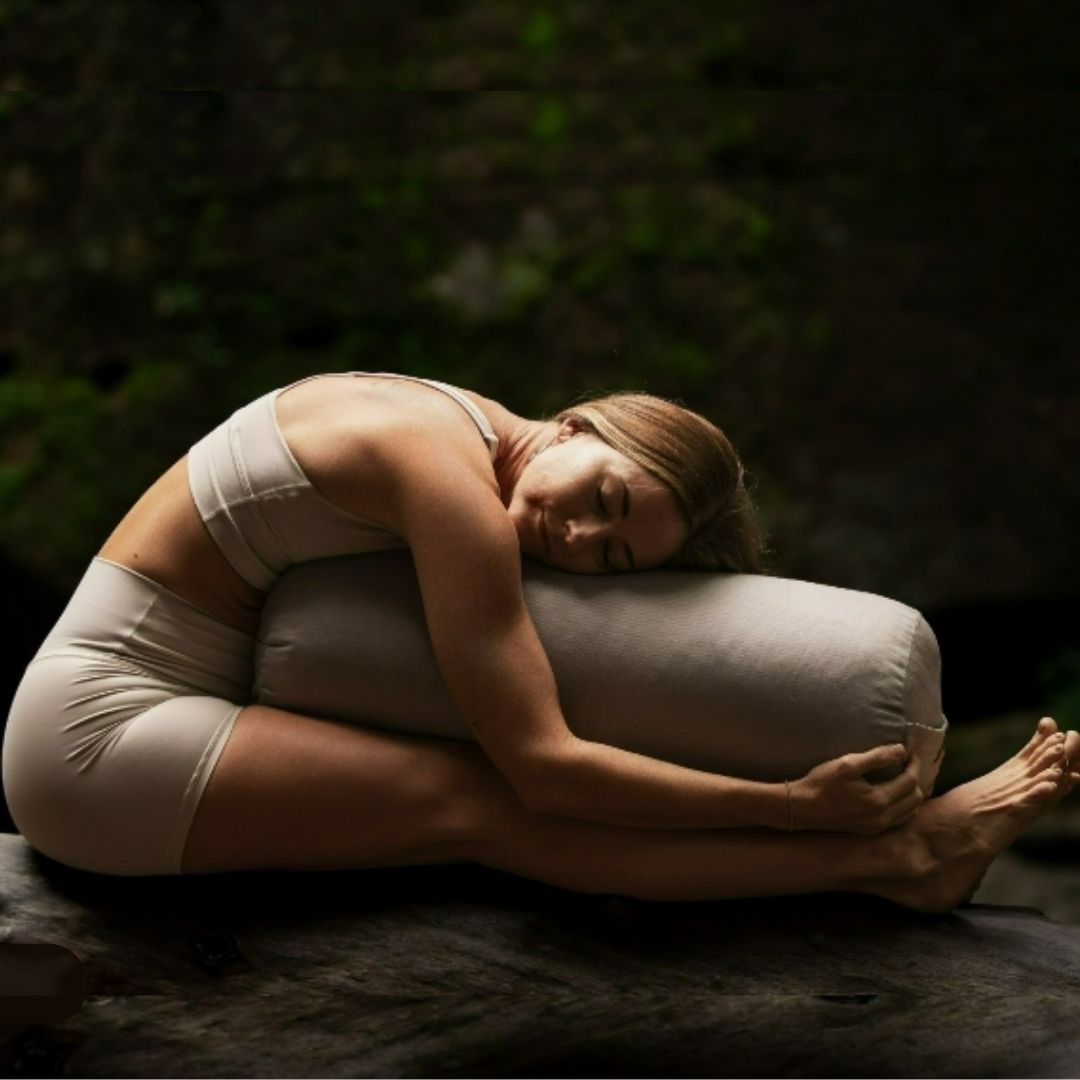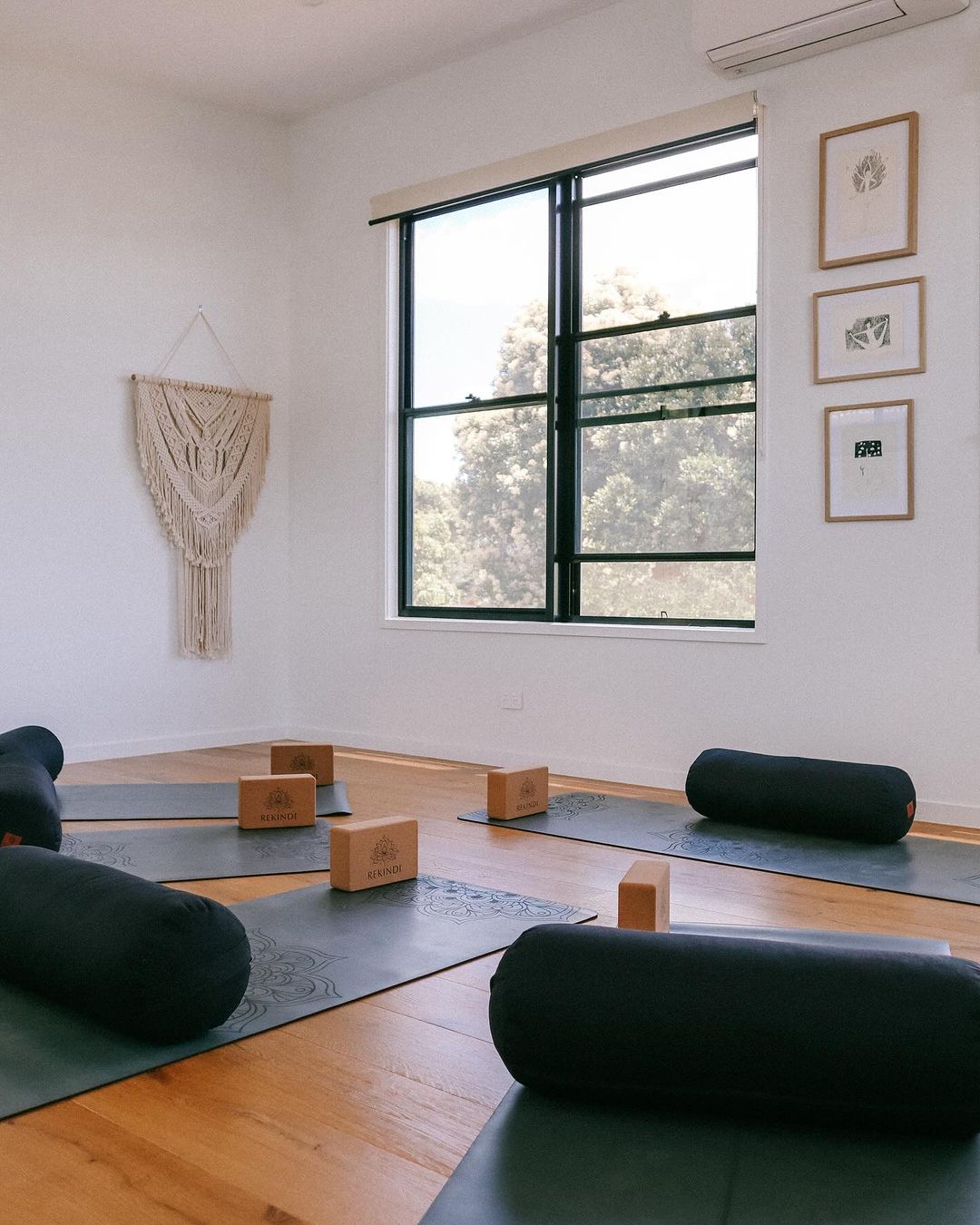Yoga studios in Australia are increasingly adopting eco-friendly practices to meet the growing demand for sustainability, and there is growing evidence that consumers are willing to pay for it. A 2023 TEADS study found that 75% of Australian consumers wanted companies to take a stance on sustainability, while a Monash ARCS survey revealed that over half of Australians were willing to pay more for durable, repairable, and locally produced products. As yoga practitioners become more mindful of their environmental impact, Australian yoga studios have a unique opportunity to create spaces that promote wellness for both people and the planet. By selecting eco-friendly equipment and making environmentally conscious choices, yoga studios can attract conscious consumers, reduce their environmental footprint, and contribute to a greener, more sustainable future.
1. The Importance of Sustainability in Yoga Studios
Sustainability is no longer a trend; it's a necessity. In the health and wellness sector, eco-conscious clients actively seek out businesses that share their values. For yoga studios, this means creating a space where clients can practice in harmony with the environment, minimizing waste, and reducing their carbon footprint.
Traditional yoga equipment, such as PVC mats and synthetic props, often contributes to environmental degradation. By switching to eco-friendly alternatives, you not only demonstrate your commitment to sustainability but also enhance your studio's appeal to environmentally conscious clients.
2. Key Eco-Friendly Equipment for Yoga Studios
-
Yoga Mats:
- Opt for: Jute or cork mats. These materials are biodegradable, durable, and often free from harmful chemicals.
-
Yoga Blocks and Straps:
- Choose: Cork, bamboo, or recycled foam blocks, and organic cotton or recycled straps.
-
Cushions and Bolsters:
- Prioritize: Organic cotton or kapok-filled bolsters and cushions for comfort and sustainability.
-
Yoga Towels and Accessories:
- Select: Bamboo fiber, organic cotton, or stainless steel for towels, mat sprays, and water bottles.
3. Creating a Sustainable Studio Environment
-
Energy Efficiency:
- Implement: LED lighting, energy-efficient heating and cooling systems, and eco-friendly appliances.
-
Zero-Waste Practices:
- Encourage: Reusable water bottles, digital schedules, and effective recycling systems.
-
Sustainable Interior Design:
- Choose: Non-toxic paints, eco-friendly flooring (cork, bamboo), and upcycled furniture.
4. Transitioning Your Yoga Studio to Eco-Friendly Products
Start with small, achievable steps:
- Replace plastic water bottles with reusable ones.
- Upgrade to eco-friendly yoga mats.
- Gradually replace traditional props with sustainable alternatives.
While the initial investment may seem higher, sustainable products are often more durable, cost-effective in the long run, and less likely to end up in landfills.
5. Why Clients Love Eco-Conscious Yoga Studios
- Growing Consumer Demand: A 2023 survey revealed that 75% of Australian consumers are willing to pay more for eco-friendly products and services.
- Aligned Values: Clients seeking to align their practice with their personal values appreciate studios that prioritize sustainability.
- Building Loyalty: Eco-conscious practices attract loyal clients who value your commitment to the environment.
Conclusion:
Building a sustainable yoga studio is about creating an atmosphere that reflects your commitment to both wellness and the environment. By making intentional choices and investing in eco-friendly products, you can offer clients a space where they can practice yoga in harmony with nature.
Ready to make the switch?
RekindI offers a range of eco-friendly yoga mats, blocks, bolsters, and accessories to help you transform your studio into a green haven. Visit our website today to explore our collection and start building your sustainable yoga studio today!


